I'm drawing the layout for an RMII interface, but I have two doubts:
1 - Do RMII interface traces need length matching?
2 - Do the traces of the RMII interface have to be impedance controlled?
I ask because searching on the internet you find conflicting information, in some guides it is written that you don't need a doubled impedance, while others indicate that 50 ohms are necessary.
Doing or not doing controlled impedance isn't a big deal, but length matching is, particularly for the clock signal, which in some guides states that it "must be as short and linear as possible", while others say that must be in the range +- 10mm with the other signals.
So I don't know whether to do layout A or layout B for the clock signal, but the same goes for the other signals of the RMII interface as well.
